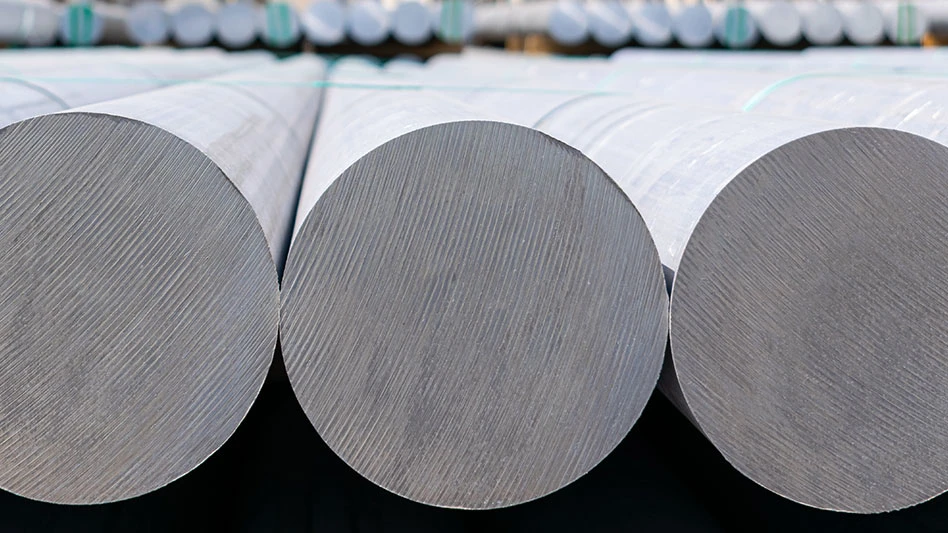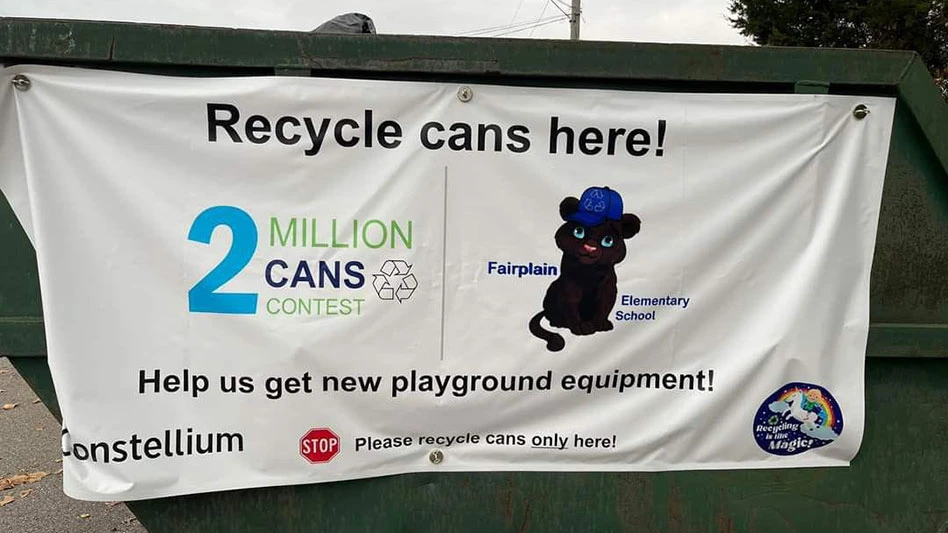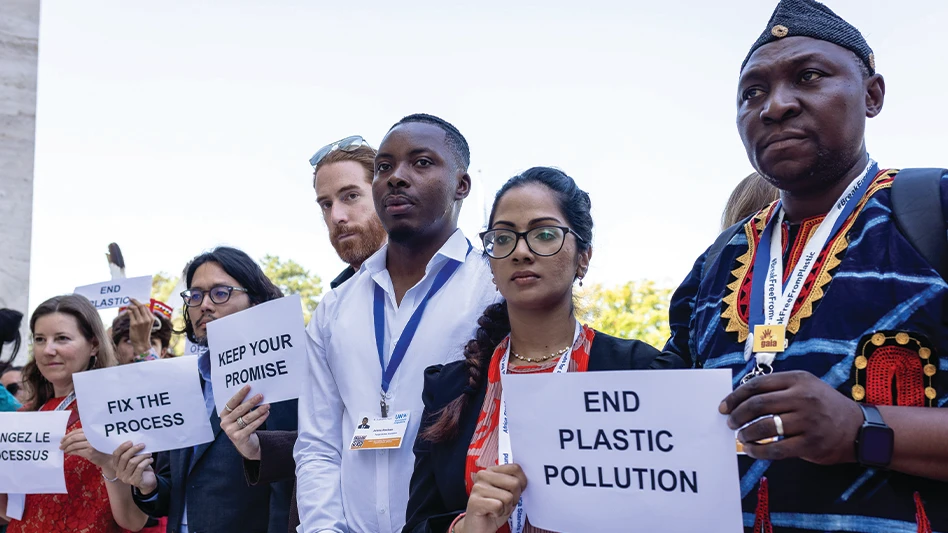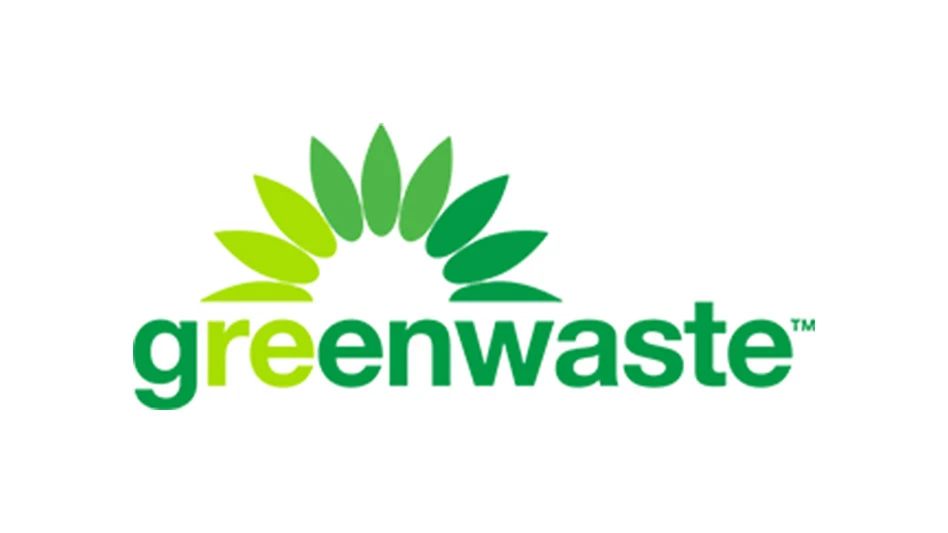
Andrey | stock.adobe.com
The Association of Plastic Recyclers (APR), Washington, has released a comprehensive report that models the potential of pyrolysis technologies as a complement to mechanical recycling for recycling plastic film and flexible packaging (FFP) back into resins for remanufacturing into new plastic products.
The report, “How to Scale the Recycling of Flexible Film Packaging: Modeling Pyrolysis’ Role in Collection, Quantity and Costs of a Comprehensive Solution,” was prepared by Eunomia Research & Consulting, and details the opportunities for increased FFP recovery volumes, the logistics and costs necessary to get materials to pyrolysis and other reprocessor markets, package design and policy necessary for change.
RELATED: APR completes suite of sorting test methods
“This report represents an important next step in the conversation because it links together the changes needed to create a scalable recovery system for residential FFP,” APR President and CEO Steve Alexander says. “Chemical recycling technologies, including pyrolysis, are one step within a larger recycling system.
“Like mechanical recycling, chemical recycling technologies will not scale without changes in package design, substantial investments in collection and sortation infrastructure, stronger consumer participation and improved economic levers for manufacturers to encourage more use of recycled content.”
APR says FFP is a significant and growing packaging segment and includes a broad array of snack packaging, pouches, bread bags and many other applications. While the challenges and potential opportunities for recycling FFP packaging have been discussed for nearly a decade, the organization says the industry now is at an inflection point for these materials.
According to the APR, several countries and U.S. states are setting recycling goals for FFP, and numerous brand companies have publicly committed to producing only reusable, recyclable or compostable packaging by 2030. While over 1.1 billion pounds of polyethylene (PE) film were recovered for recycling in 2021, the vast majority of flexible film packaging is not recycled.
“We intentionally focused this report on FFP packaging used by consumers in the home as opposed to more homogeneous postcommercial streams,” says Greg Janson, CEO of St. Louis-based Granite Peak Plastics and co-chair of the APR Chemical Recycling Research Working Group. “We know this to be a policy focus and a very challenging packaging stream to collect, sort and recycle due to its light weight, diversity of materials, sizes and formats. We wanted to fully understand the logistics and costs of pyrolysis’ potential role in recovery.”
RELATED: APR expanding Design for Plastics Recyclability Recognition program
Sponsored Content
Tackling the Extreme Grind
Built for the toughest applications, our Heavy Duty Granulators and Shredders deliver high-quality output, less waste, and efficient operations. With rugged designs and unmatched reliability, they’re ready for the extreme grind—keeping your production line moving and your recycling process profitable. Tackle more. Waste less. Perform at peak.
In a news release, the APR says it supports responsible chemical recycling technologies that complement mechanical recycling by converting postconsumer plastics back into recycled resins for new plastic products. The report was designed to better understand the potential complementary nature of reprocessing technologies and how they might fit within a scalable recovery system for residential FFP. The organization adds its findings illustrate that scaling the recycling of residential FFP back into recycled plastic is feasible but will require comprehensive and unparalleled supply chain coordination and investment.
Get curated news on YOUR industry.
Enter your email to receive our newsletters.
Latest from Recycling Today
- SAFE calls for export ban on certain types of aluminum scrap
- Aqua Metals reports Q2 results
- Sourgum launches services in Mississippi
- PLASTICS provides FFRA, staffing updates
- Metals Innovation Initiative announces competition to address problems in Kentucky’s metals industry
- Dow, Mura Technology cancel chemical recycling plant in Germany
- Brightmark, Lewis Salvage partnership processes 1M pounds of medical plastics
- US paper recycling rate, exports down in '24









